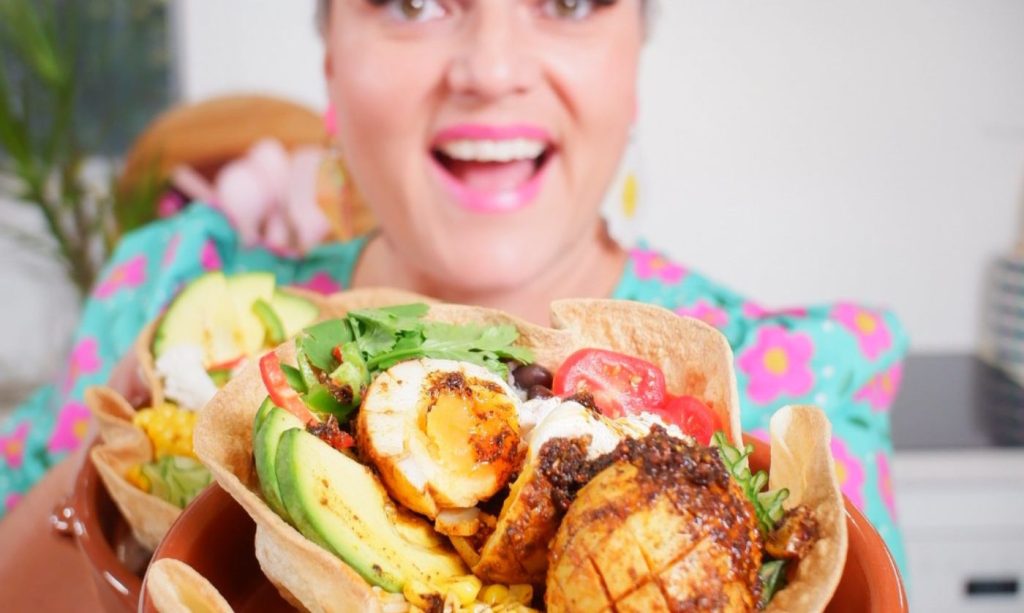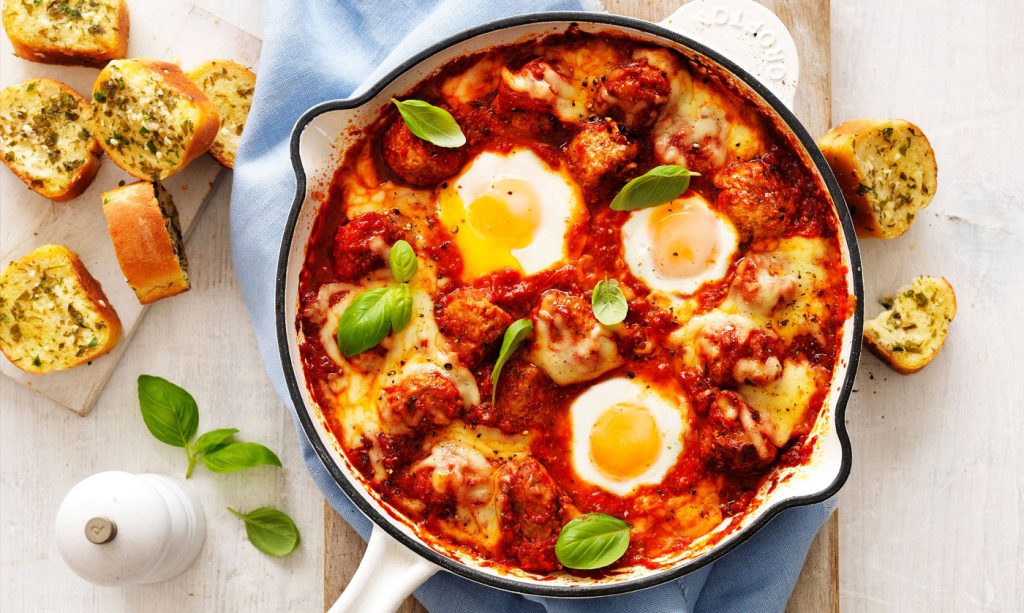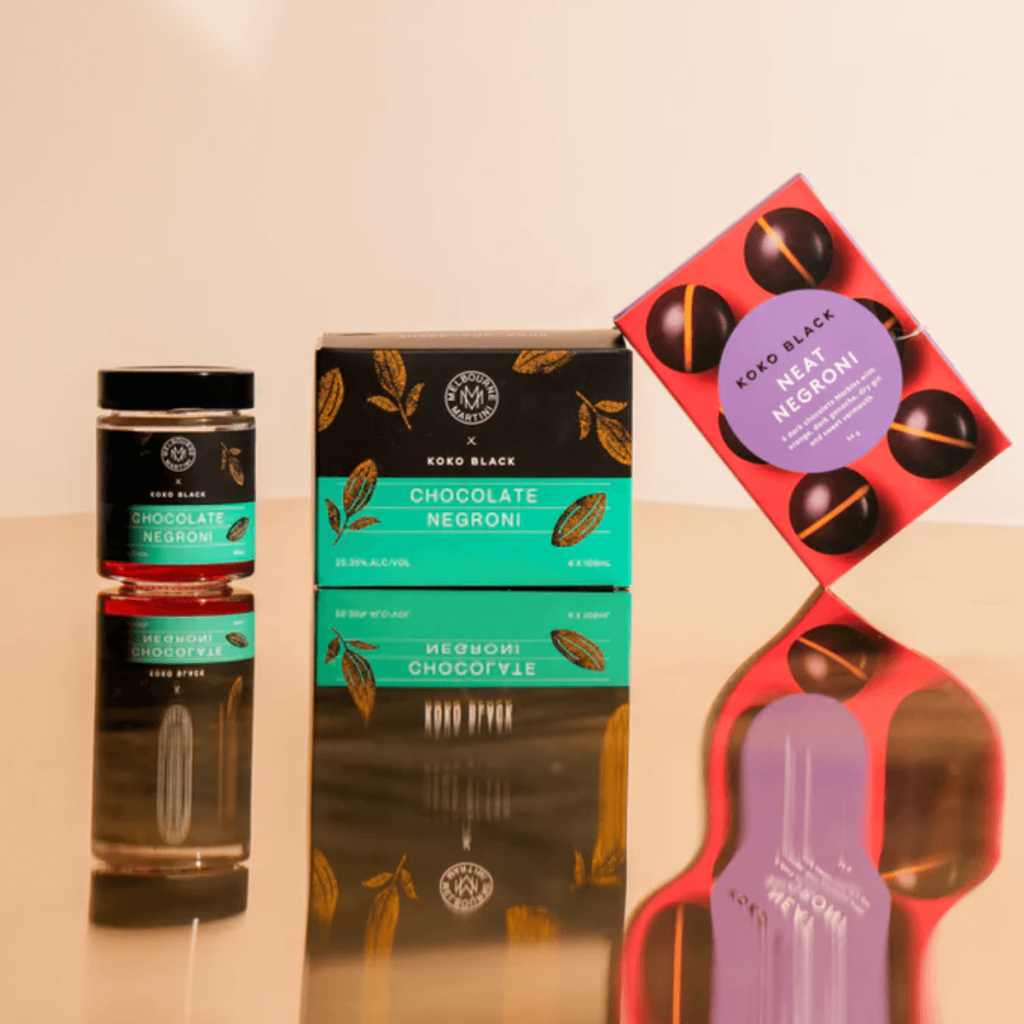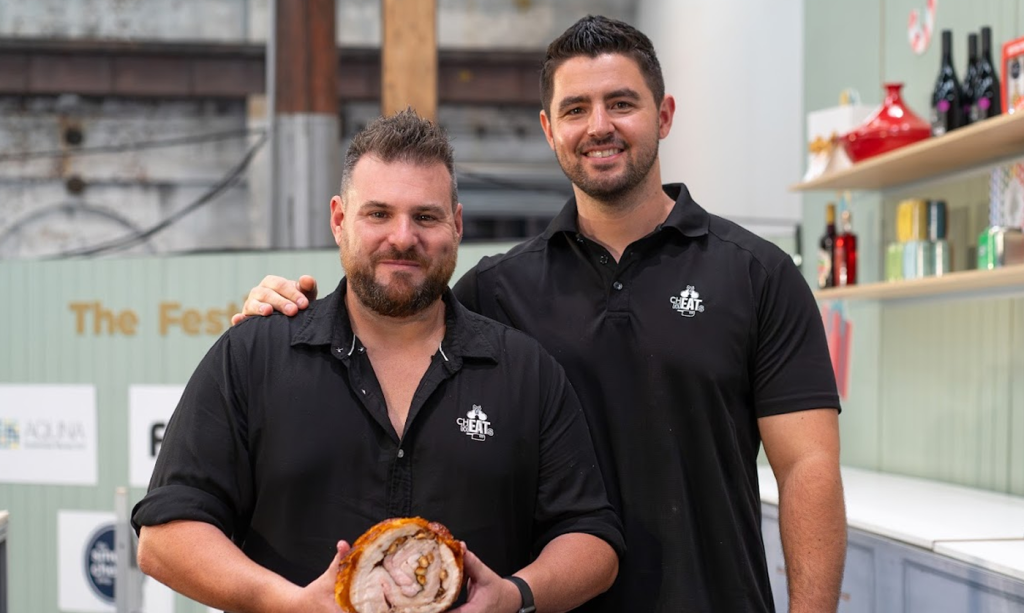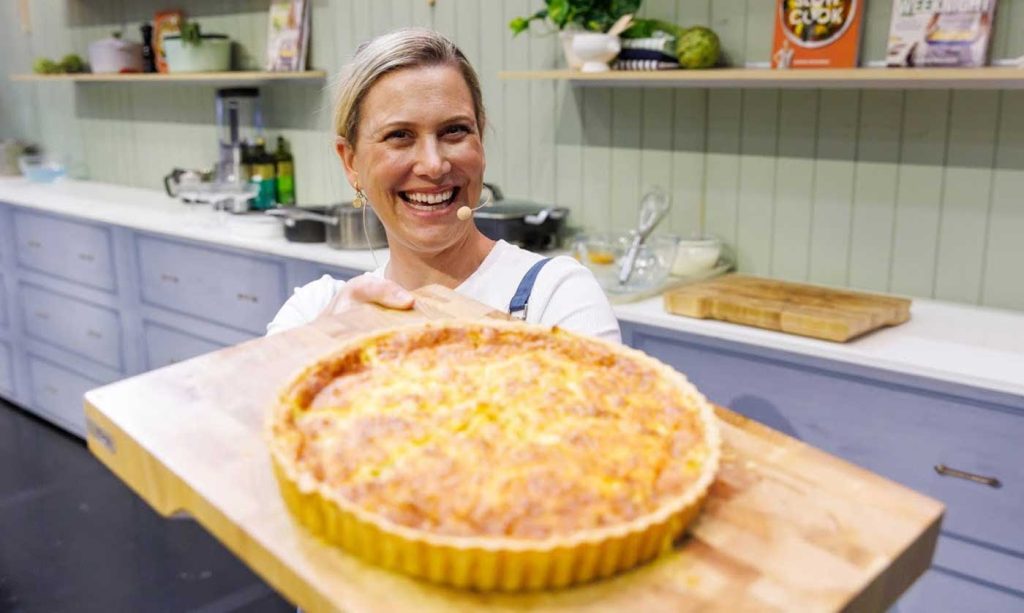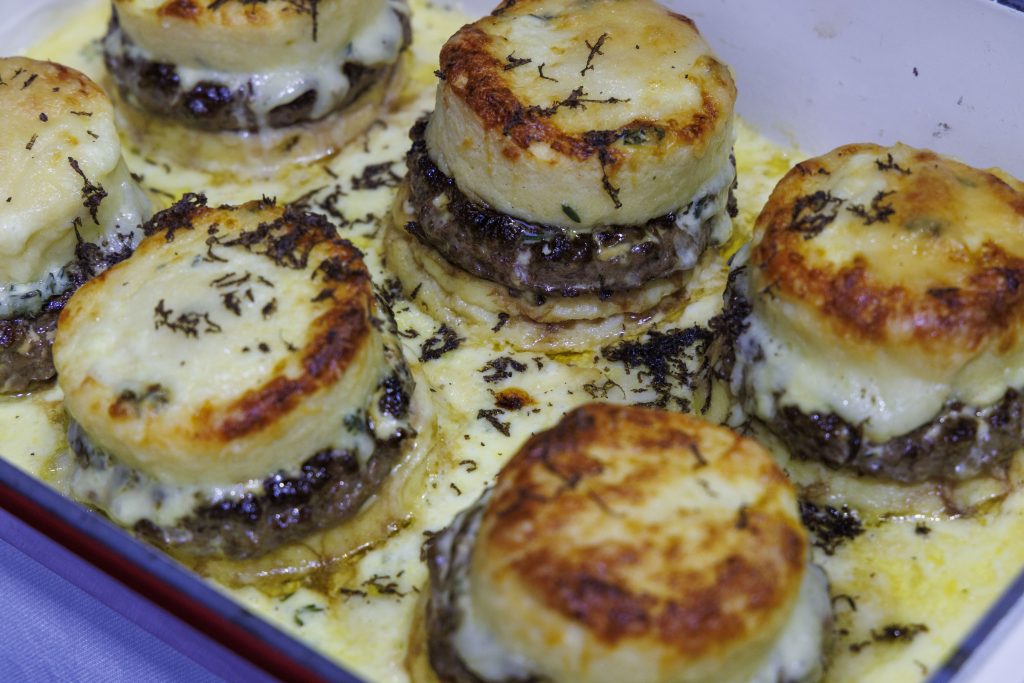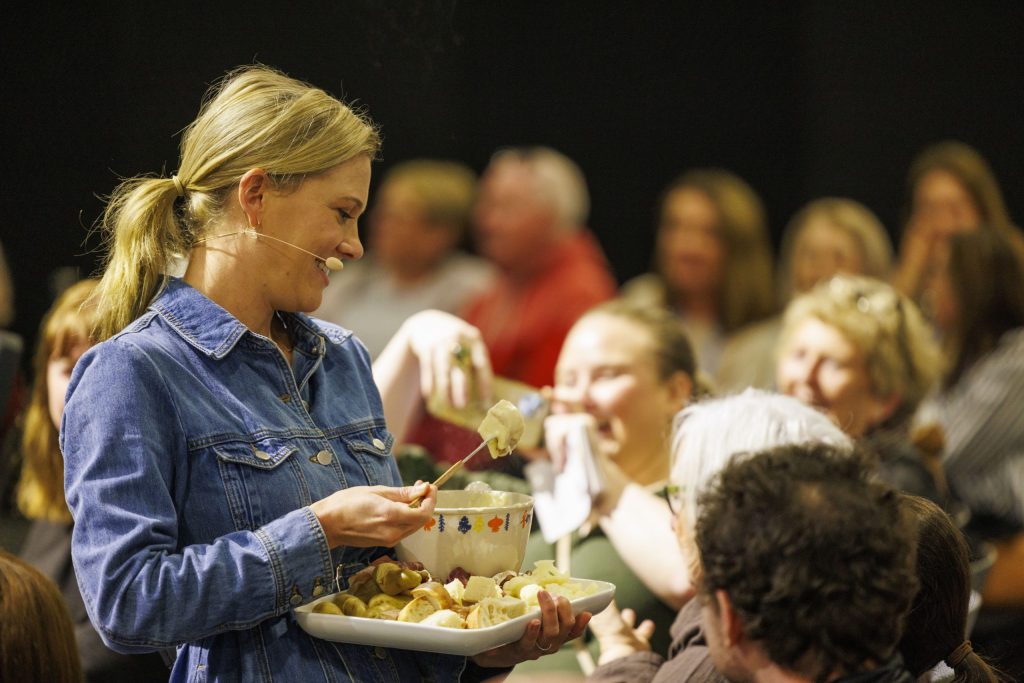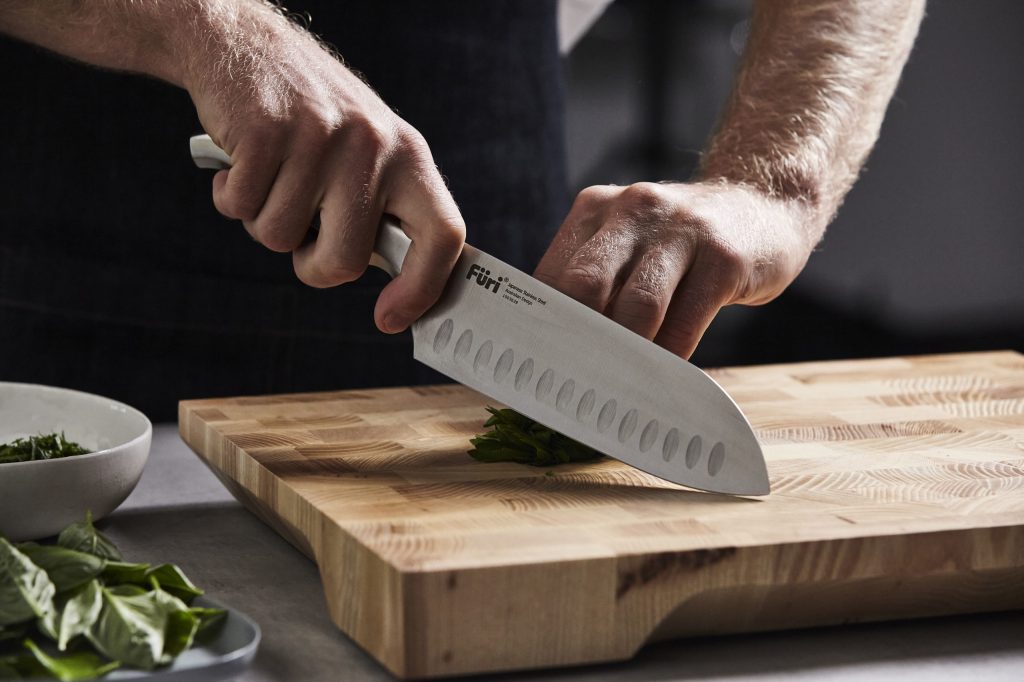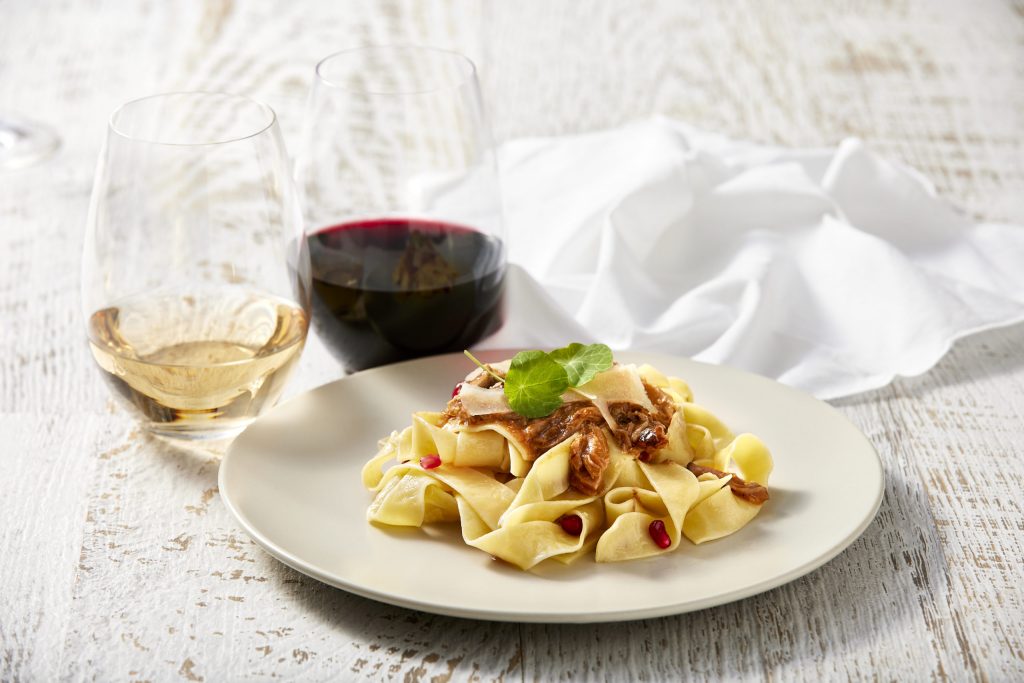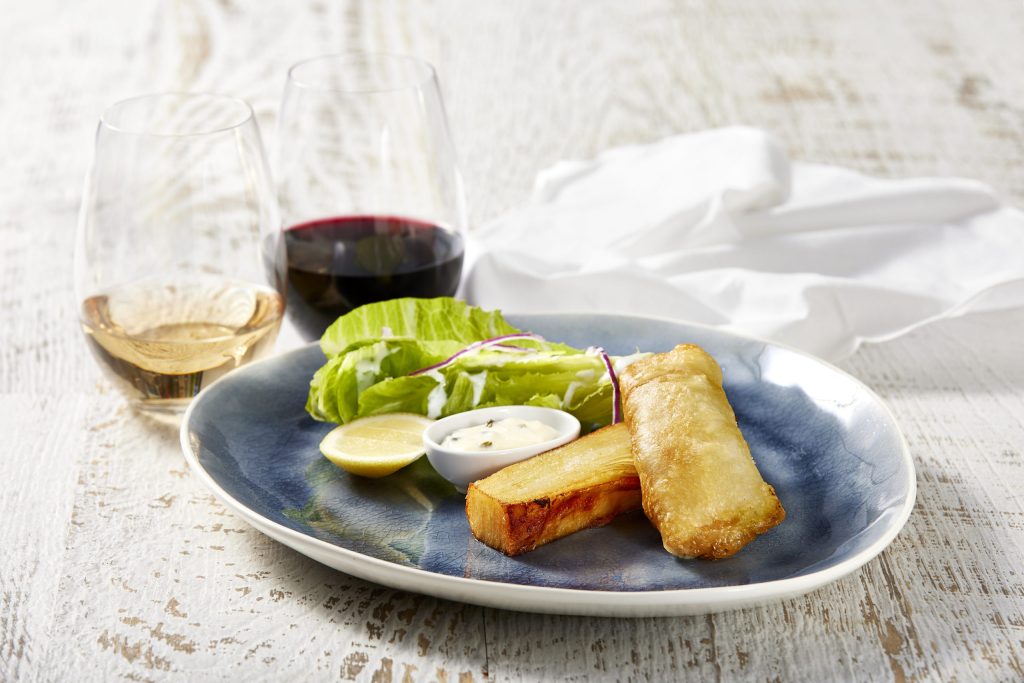Guide to Sugar
Published 13 Mar, 2016Sugar is an essential ingredient in the miracle of baking. Not only does it make our favourite treats taste sweet and delicious, it also feeds yeast to create that all important rise.
However, our love of sugar is often conflicted by a vast amount of evidence that links it to obesity and diabetes, and current trends have seen a boycott of the sweet stuff.
Sugar is a carbohydrate made up of carbon, hydrogen and oxygen, and these components can be put together in lots of different ways. Simple sugars include glucose and fructose. Experts such as I Quit Sugar’s Sarah Wilson believe that fructose is to blame for many of the health concerns associated with sugar. The granulated sugar that we use in cooking is called sucrose and it is a more complex sugar that is made up of half glucose and half fructose.
With so many different types of sugar appearing on our supermarket shelves each year, how do we now what type is the best for baking, sweetening our morning coffee, or for creating the perfect fondant? And what can we use instead if we want to reduce our sugar intake?
Granulated Sugar or White Sugar
What we generally think of when we think sugar, white sugar is a made from sugar cane and is highly refined to remove all of the naturally existing molasses. This form of sugar is very versatile and can be used in baking and cooking. Sometimes referred to as the white death, refined sugar has been linked to obesity and an increased risk of heart disease.
Caster Sugar
Caster sugar is superfine granulated white sugar. Because the crystals are so fine and dissolve much quicker than standard sugar it’s ideal for meringues, syrups and cocktails.
Icing Sugar or Confectioners Sugar
Icing sugar is white sugar that has been ground into a fine powder, and often includes a little corn starch to help stop it from clumping. It easily dissolves in liquid making it perfect for icing.
Brown Sugar
Brown sugar is actually refined white sugar that has had some of the molasses added back in to create a wet, sandy texture. The type of brown sugar depends on how much molasses was added. Light brown sugar has a small amount of molasses giving it a delicate caramel flavour, while dark brown sugar has more molasses and a deeper flavour that makes it ideal of baked goods such as gingerbread, and some savoury dishes.
Turbinado Sugar
Often mistakenly referred to as brown sugar, turbinado sugar is minimally refined raw cane sugar that still contains a small amount of molasses. It has large, light brown crystals with a subtle caramel flavour. Turbinado is commonly used to sweeten tea and coffee, and can be used for baking.
Coconut Sugar
While coconut sugar sounds like a delicious tropical treat, it doesn’t actually have any coconut in it. It is made by making slits in the flower buds of the coconut tree and collecting the sap. The sap is then boiled until it thickens and solidifies. That said, it is still one of the most nutritional and sustainable sugars, and has a low glycemic index, which leads to a more gradual rise in blood sugar and makes you feel fuller for longer.
Sugar Substitutes
Many sugar substitutes, such as Stevia, are derived from plants, while others are created artificially. These compounds are generally fructose free and many times sweeter than sucrose sugars, which means you don’t need as much to get a similar flavour. Rice malt syrup is another great fructose free substitute, but Sarah Wilson warns against other tempting choices such as agave, honey and maple syrup as these tend to have a similar fructose content to regular sugar.
For a delicious sugar-free recipe from I Quit Sugar’s Sarah Wilson click here.
